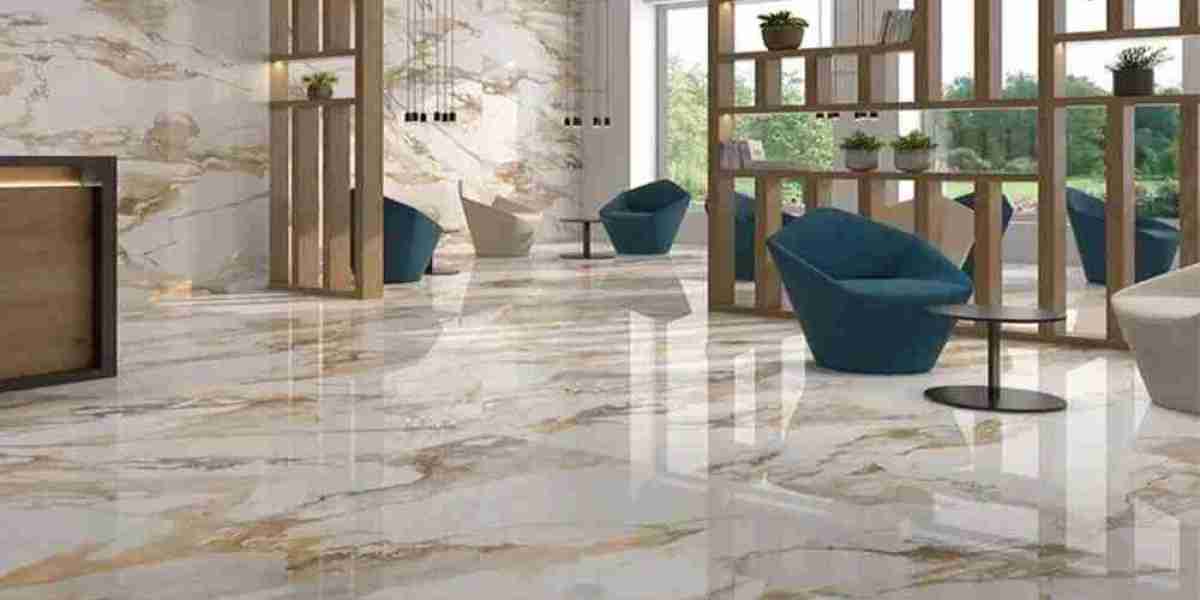Marble stone is synonymous with elegance, luxury, and timeless beauty. It's a popular choice for countertops, flooring, wall cladding, sculptures, and decorative elements.
However, marble is also a delicate and porous material, prone to chipping, cracking, and breaking. When dealing with these issues or installing new marble pieces, it's crucial to use the right adhesive to ensure a strong, lasting bond without damaging the stone.
Why You Need Special Glue for Marble Stone
Marble is a natural stone, and its physical properties require specific adhesives. Here are the reasons why you need specialized glue for marble stone:
- Porosity: Marble is porous, which means it can absorb liquids, including adhesives. Using the wrong glue can lead to staining or weakening of the stone.
- Sensitivity to Chemicals: Marble reacts negatively to acids and certain chemicals, causing discoloration or etching. The glue used must be chemically neutral and free from substances that could damage the stone.
- Weight: Marble is often heavy, and the glue needs to offer significant bonding strength, especially for vertical applications like wall cladding.
- Temperature Sensitivity: Marble expands and contracts with temperature changes. An adhesive that remains flexible and can accommodate these movements is ideal for long-term durability.
- Aesthetic Considerations: Since marble is a decorative material, the glue should dry clear or be color-matched to blend in with the stone, ensuring a seamless finish.
Types of Glue for Marble Stone
There are several adhesives suitable for marble, each with different properties. The most common types include epoxy, polyester resin, construction adhesive, and silicone.
1. Epoxy Adhesives
Epoxy is one of the most reliable glues for marble stone. It consists of two components—resin and hardener—that are mixed before application. Once cured, epoxy forms a strong, durable, and water-resistant bond, making it ideal for both indoor and outdoor marble installations.
- Pros:
- Excellent bonding strength
- Resistant to water, chemicals, and high temperatures
- Can be color-matched to the marble
- Suitable for large slabs and heavy pieces
- Best Uses: Epoxy is ideal for countertops, flooring, and outdoor installations, where moisture and temperature changes are factors. It is also great for repairing cracks or chips in marble.
2. Polyester Resin Adhesives
Polyester resin is another popular adhesive for marble, especially for minor repairs or filling gaps between marble pieces. This adhesive dries quickly and can be sanded and polished to achieve a smooth finish. It’s often used in professional stone fabrication shops for seam filling or patching small cracks.
- Pros:
- Fast drying and easy to work with
- Can be polished for a seamless appearance
- Ideal for smaller repairs and gap filling
- Best Uses: Polyester resin is great for minor repairs, such as filling small cracks, chips, or seams in marble countertops or floors.
3. Construction Adhesive
For large-scale marble installations, such as wall cladding or flooring, construction adhesive is a reliable option. It’s designed to bond heavy materials like marble and stone to a variety of surfaces, including concrete, drywall, and metal.
- Pros:
- Strong hold for heavy materials
- Easy application with a caulking gun
- Suitable for vertical installations
- Best Uses: Construction adhesive is ideal for installing marble tiles, wall panels, and other large pieces where a strong bond is required to support the stone’s weight.
4. Silicone Adhesive
Silicone adhesives are flexible and water-resistant, making them an excellent choice for marble installations in wet areas like bathrooms or kitchens. Silicone is typically used for sealing edges or bonding in areas exposed to moisture.
- Pros:
- Flexible and accommodates temperature changes
- Resistant to water and mold
- Easy to apply and clean
- Best Uses: Silicone adhesive is great for sealing around sinks, bathtubs, and backsplashes where marble is used. It’s also a good choice for exterior installations exposed to moisture.
How to Choose the Right Glue for Your Marble Project
Choosing the right adhesive depends on the nature of your project, the location, and the specific needs of the marble installation. Here are a few key factors to consider:
- Type of Project: For large-scale installations like countertops, flooring, or wall panels, opt for a strong adhesive like epoxy or construction adhesive. For minor repairs, polyester resin or silicone is typically sufficient.
- Location: If the marble will be installed in a wet or outdoor area, choose a water-resistant adhesive such as epoxy or silicone. For indoor installations in dry environments, polyester resin or construction adhesive may work well.
- Aesthetic Considerations: If the adhesive will be visible, choose one that can be color-matched to the marble, such as epoxy or polyester resin. For hidden joints or seams, this may be less of a concern.
- Temperature and Flexibility: If the marble will be exposed to temperature changes, opt for an adhesive that remains flexible, such as silicone, to accommodate expansion and contraction of the stone.
Best Practices for Applying Glue to Marble Stone
To ensure a strong bond and a successful installation, follow these best practices when working with marble and adhesive:
- Clean the Surface: Before applying glue, clean the marble surface to remove dust, grease, or debris. A clean surface ensures better adhesion.
- Use the Right Tools: For large applications, use a notched trowel to spread the adhesive evenly. For smaller repairs, a spatula or syringe may be more appropriate.
- Apply Even Pressure: After placing the marble, apply even pressure to ensure the adhesive spreads evenly and bonds securely. You may need to clamp the pieces in place while the adhesive cures.
- Follow the Manufacturer’s Instructions: Each adhesive type has specific instructions for mixing, application, and curing. Follow these instructions closely to achieve the best results.
- Allow Adequate Curing Time: Don’t rush the curing process. Give the adhesive enough time to fully set before putting weight or pressure on the marble.
Conclusion
Choosing the right glue for marble stone is essential for ensuring a strong, long-lasting bond and preserving the stone’s natural beauty.
Whether you’re repairing a crack, filling a seam, or installing marble in your home, selecting the appropriate adhesive based on the project’s requirements will result in a durable and professional finish.
With the right glue and proper application techniques, your marble installations will remain beautiful and sturdy for years to come.














